Akiane Kramarik: Self-Taught, Striking and Spiritual
Akiane Kramarik believes that art has the ability to broaden one’s perspective and, within that, allows us to understand our own truths.
Written By Cece M. Scott
Interviewed By Victoria Scott
How would you feel if your four-year-old child told you that they were having otherworldly visions on a regular basis? Visions that, without any influences from the outside world, your child transcribed onto canvas in a way that depicted the promise of heaven, love and hope?
To dream imaginatively, without limitations, structure or preconceived notions, is a gift that, for many of us, has been relegated to our childhood. That sense of wonderment we had as children, the ability to imagine, to give voice to the creative spirits that live within us, to see what isn’t but imagine it’s real, is too often quieted by the expectations and responsibilities of adulthood. It is exactly this traditional imperative from society to leave childish things behind that makes the prolific and remarkable paintings and poetry of child prodigy Akiane (pronounced Ah-key-ahh-neh) Kramarik remarkable. Kramarik has been able to carry her sense of wonderment and childhood visions of creativity forward into adulthood, an extraordinary example of inspiration, fascination and influence.
My art is a gateway to peoples’ true emotions, true challenges and true triumphs. It is like a vessel for our souls
Kramarik, now 24, was born in the small rural town of Mount Morris, Ill., in a tiny shack that was often flooded. The third of five children and the only girl, Kramarik and her family were so poor that they would go door to door selling food in order to make money. Kramarik’s father, Mark, was a cook from the ghettos of Chicago, and her mom, Foreli, was an immigrant from Lithuania who successfully escaped the Soviet regime. “I grew up in a nurturing family, but my family did not believe in anything,” Kramarik says.
The family had no television or radio, and were, at times, threatened by a neighbour because they didn’t attend the local church. Mark had become deathly ill from drinking water that had been poisoned, so Foreli started a home business to support their family while the older Kramarik siblings looked after their sister. Foreli became so successful that within a short period of time, the family was able to move to a 10,000-sq.-foot mansion in Missouri, with an indoor pool. The family created music from morning to night, and Kramarik considers these times some of her best memories.
Home-schooled with her four brothers, and with minimal outside influences, what transpired with Kramarik when she was four years old was a weighty, challenging and mystifying experience for the entire family. “When I started experiencing some profound visions of heaven, I did notice that it was extremely foreign for my family to understand,” Kramarik says. “Everyone was confused at first, because, while my parents did have a knowledge of religion and beliefs [Kramarik’s dad was an agnostic at the time and her mom an atheist], they didn’t mean anything to me.”
Each week, Kramarik would share the visions she was experiencing with her mom, who would listen intently, but say very little. However, as her young daughter showed her mother the drawings she was envisioning, Foreli slowly began to understand that what was happening to and with her daughter was profound and worth supporting. “My mom stood behind me through thick and thin. She was the first one to believe me and to share my story with the family,” Kramarik says. Foreli was so moved, in fact, that much to the family’s surprise, she quit her job to spend more time with Akiane, which ultimately brought the family to the brink of bankruptcy.
When Kramarik was five, an extraordinary occurrence happened. She went missing for several hours, prompting a huge search and rescue mission. Then, just as suddenly as she had disappeared, she reappeared. “The place I was taken was not here on Earth,” Kramarik says. It is then that the artist started painting in pastels and would often stay up all night to create. When Kramarik was eight, she began getting up every morning at 4 a.m. to paint. One of her earlier childhood visions came back to her around this time, and she painted one of her (many) renowned canvases, Prince of Peace. It was an image that she once worked on for over 40 hours, cramping her hands to the point that she couldn’t move her fingers. Upon completion, the canvas was shipped to an art dealer for an exhibition but he promptly stole it. Utterly devastated and mired in pain, Kramarik did not find her beloved painting of Jesus until 12 years later, when she heard it was being stored in a vault by a collector who was not willing to show it or sell it to anyone.
As time went on, Foreli began to share her daughter’s story with the world, and that is when the “bridge came crashing down.” Kramarik’s portraits are so eerily real, yet otherworldly, that many people found it impossible to believe that a child so young could have possibly painted them, with the end result that many detractors commented that Kramarik’s paintings should be burned. However, when Kramarik was nine, Oprah Winfrey invited the young girl to be a guest on her show, an event that pole-vaulted the child prodigy’s fame to international status. “People started coming to my shows and experiencing my art,” Kramarik says. “They started seeing that my art offered them hope, love and comfort for themselves and their families.”
However, the fame was not all positive. Kramarik received threatening comments and accusations of being a devil child and a con artist. It was a challenging time for the artist, but one she took in stride. “I had a hard time understanding why people were skeptical, but they did not see the colours I saw,” Kramarik says. “There was also a huge animosity to the themes I was painting. But I have no grudge with anyone. You can’t expect people to understand 100 per cent.”
What is exceptional about Kramarik’s journey is the fact that, even though she was so very young, the visions she was experiencing did not frighten her. As a child, she was used to tangible experiences, so the fact that she was able to be accepting of the new things that were happening to her, things that were intangible, is extraordinary in and of itself. “The process was gradual, so it wasn’t really a shock,” she says. “I was actually very relaxed and accepting of the new things that were happening to me; I was like a sponge. Sometimes I would see peoples’ futures. I would look into their eyes and glimpse what was going to happen to them within the new few months or the next few years.”
Starting with her charcoal sketches at the age of four, Kramarik, within a short period of time, was transcribing her complex visions onto canvas with pastels and acrylic paints. Her spiritual, God-driven paintings evolved at an astonishing, complex and multifaceted pace. Strength, a painting she crafted when she was seven, is an intricate and detailed portrait of a lion. At eight, Kramarik painted the stunningly real portrait titled Prince of Peace. The image is painted with a shadowing effect that shrouds the subject in mystery. The Journey, painted when Kramarik was nine, is the portrait of an angel-dusted child smiling into the distance. Hope, Kramarik’s beautifully translated portrait of a child outlined by an arch of vibrantly purple-pink blooms, painted when the artist was 11, is a show-stopper. “The visions and dreams were very vivid and prolific during the first 10 years of my life,” Kramarik says. “Then, they decreased, but morphed into something different — into intense feelings and sounds.” Some of the paintings that Kramarik is most proud of include Today and Jesus, both painted when she was an adult, and Lilies of the Valley, painted when she was 20. Kramarik’s current portfolio embraces animals, nature and humans, in both a realistic and spiritual format. Periodically, Kramarik paints in a separate area of her studio, where she paints on small canvases — these are called Afternoon Art Series paintings.
Describing inspiration as a tree, with many roots to different areas, Kramarik, who is self-taught, compares the tree’s thickest roots with the channels to her visions and dreams. “The roots grow wider and wider in radius around me,” she says. “They grow larger, and older, and broaden my horizons.”
Kramarik has often been told that she has a universal library in her head. When she meets a person, she intuits hundreds and hundreds of ideas. Seeing the extraordinary in the mundane moments of life is a gift that Kramarik shares with the world through her paintings and poetry.
In adulthood, Kramarik has not only been able to maintain her sense of wonder, but has also been able to build on it and actualize it into paintings that are universally admired, and of great financial worth. While time was her only childhood limitation to painting, Kramarik now starts painting at 3 a.m. every day, and keeps going until she feels satiated and self-actualized with the day’s work. “I will stay in the studio and go over a painting and over it. I will stay there for 10 hours or a thousand hours, to get it to the way I see it,” Kramarik says with a quiet laugh. “My subjects have deepened; there are hundreds of layers of work, encompassing extremely strong feelings and colours that vibrate. There is a frequency and sound to them. They are more specialized. I want my future paintings to be more personalized, to give people a sense of hope.”
Describing her approach to art as a visionary blend of everything — realism, imagination and impressionism — Kramarik’s mission is to be a bridge between heaven and earth, the invisible and visible. She wants to gain more patience and take the information presented to her with an open heart and an open mind. Her main art pieces usually take between 300 hours and a thousand hours to complete, which translates to a minimum time frame of two to three months. Sixteen Lives took seven months to complete. It is time well spent for Kramarik, who has sold many paintings for six figures. Two of her most expensive paintings were bought for $180,000 each (Challenge and Sixteen Lives). However, it is not the money that ultimately measures success for Kramarik, but rather, the hope and joy that she gifts to people through her paintings. “It is not the number of paintings that have been sold, or how many shows I have done, that define success for me,” she says. “What makes me feel successful is literally hearing, years later, how my paintings have impacted on peoples’ lives and given them hope.”
Child prodigies, often defined by their brilliance and talent, can be famously awkward in social situations. Not so for Kramarik, who glows with her connection to her God-driven talent. With an innocence bordering on the ethereal, Kramarik’s aura is one of quiet confidence, one that is assured in her ability to transform her visions onto canvas. She is, nonetheless, engagingly humble and full of wonderment for what is, on both a personal and artistic level. She is committed to paying her success forward with the creation of an academy for the arts and sciences, one that offers a completely different educational arts experience. “I feel that current perspectives are very minute. People look at art as a hobby. I want to change that outlook. Art will outlast most memories, but people take it for granted. Art has the ability to carry forward messages and carry forward meaning to generations and generations. It is a super-powerful medium that people overlook. I hope to be the person that gives art a new name in the world.”
Kramarik’s advice to aspiring artists is to break free from traditional social expectations and norms and do something that is unique and one of a kind, with the ultimate goal of paving a creative direction for the artist. “Try to do what people don’t expect,” Kramarik says. “Inspiration is always around you; be open, with an open heart and an open mind. Set up a designated time to create; keep painting, keep sculpting, keep dancing.”
Calling herself a visionary journalism artist, Kramarik is intrinsically focused on actualizing happiness by honouring the little moments in life, both with family and friends. Creating with her two hands also brings happiness to the artist, who is deeply honoured by the attention, praise and financial resources that her paintings provide. Author of two books — the first one a bestseller, which she wrote at 10 years of age (Akiane: Her Life, Her Art, Her Poetry, published by HarperCollins) — and with a third in the works, Kramarik holds triple residency/citizenship in America, Australia and Lithuania and speaks five languages: English, Lithuanian, Russian, American Sign Language and Japanese.
“My goal is to bring hope, meaning and comfort to people who have lost it; emotions that are lacking in our everyday life,” Kramarik says. “I have never thought of my art as a career. I literally think of it as my life — which has technically turned into a career. It does not feel that I am working at all. I am still shocked that this is what I do every day.”
What makes me feel successful is literally hearing, years later, how my paintings have impacted on peoples’ lives and given them hope
Interestingly, Kramarik’s deep commitment to her God-connection (she says that “spirituality is an energy we all have, like plants that need water”) has influenced her family to such an overwhelming degree that it has brought them to the practice of Christian faith. Kramarik’s ability to envision what isn’t and make it real through her poignant portraits of spiritual beings continues to be the transformative catalyst of hope that ignites her journey forward.
At a time when people have to see it to believe it, a transparent faith completely contingent on tangible evidence, Kramarik’s all-encompassing and unshakeable faith that her purpose in life lies in transforming the heaven-sent messages she receives onto canvas is remarkable.
“All these years God was waiting for me to grow so that I could fully understand and paint the most powerful message to mankind. The message of unwavering faith, unconditional love and eternal life,” Kramarik says.










































































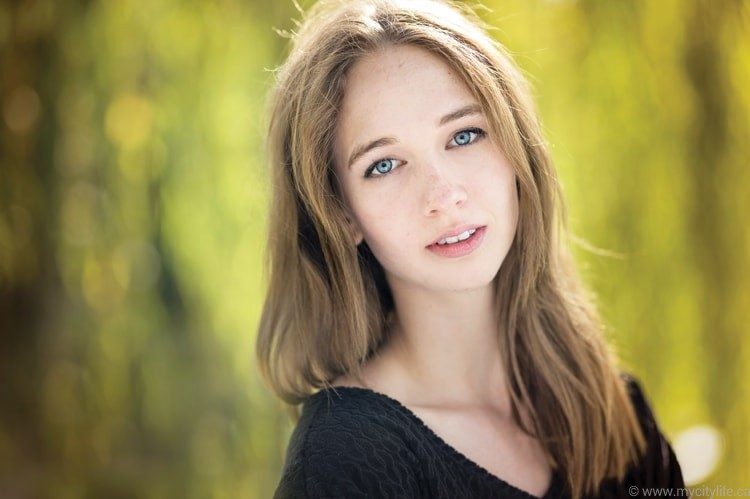
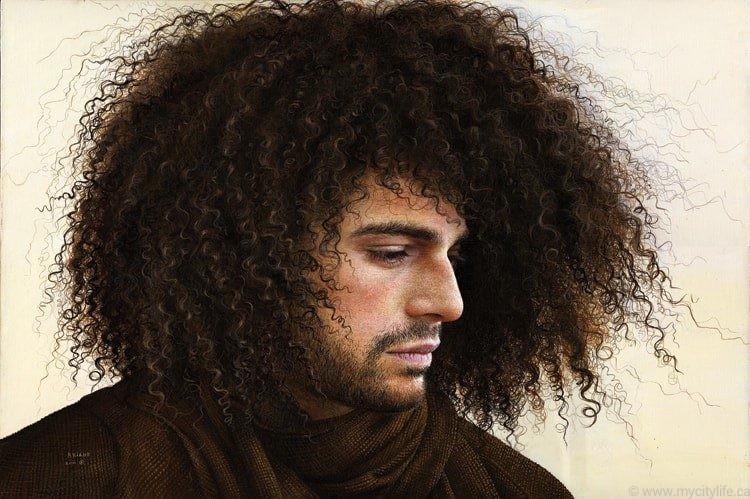
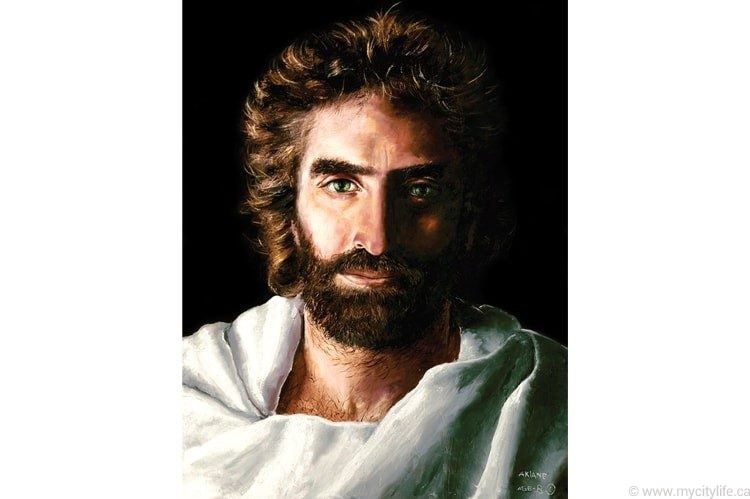
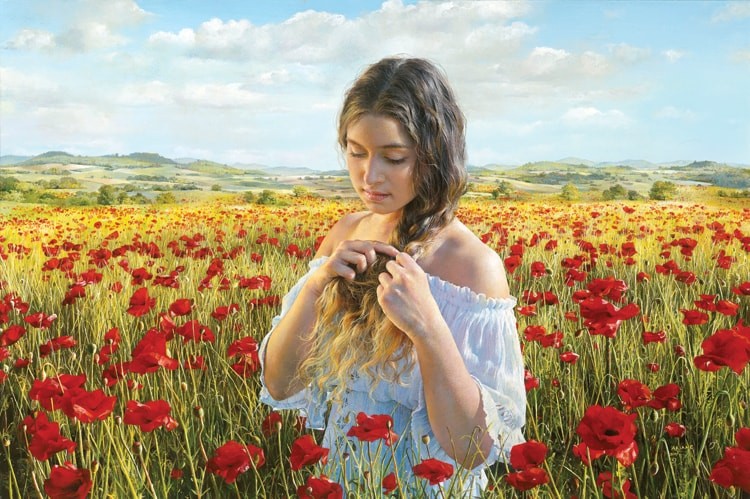




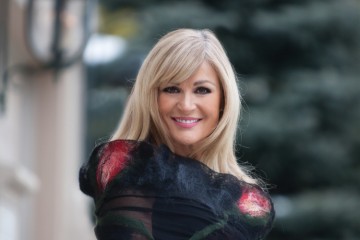
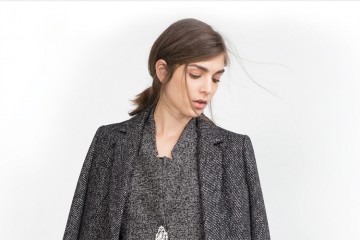
4 Comments
Thank you Akiane, it has been wonderful to read about your maturity over the years, and your depth of spiritual insight a part of that maturity. I am blessed every time I see your works and read your poems and stories that go along with your artwork. Someday I hope to own one of your amazing originals, or at least one of your prints.
Amazing life’s story! Awesome gift. Thank you for sharing that.
But “The main point is this…” Hebrews 8:1. Question for the group – why is that the main point?
A lovely interview and article about a truly beautiful, inspiring young artist. Akiane’s life, words, art and poetry are a huge blessing to me. She is wise beyond her years and it’s great to read this article. Thanks for publishing it.
I think you are magnificent I was able to purchase two small Prince Of Peace that you did. I love walking past and seeing Jesus on my wall, you are a true gift of love and light. Blessings to you and your family always.